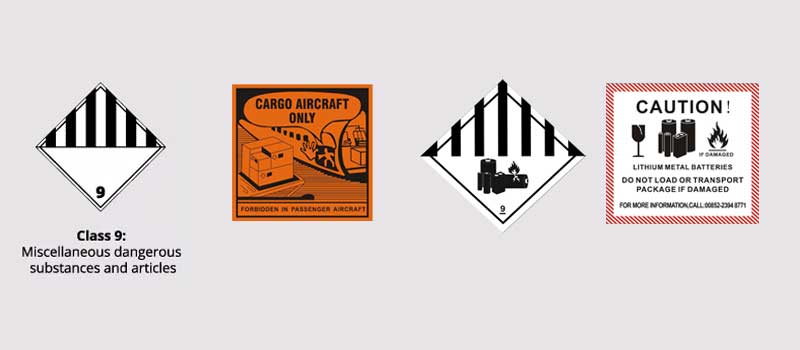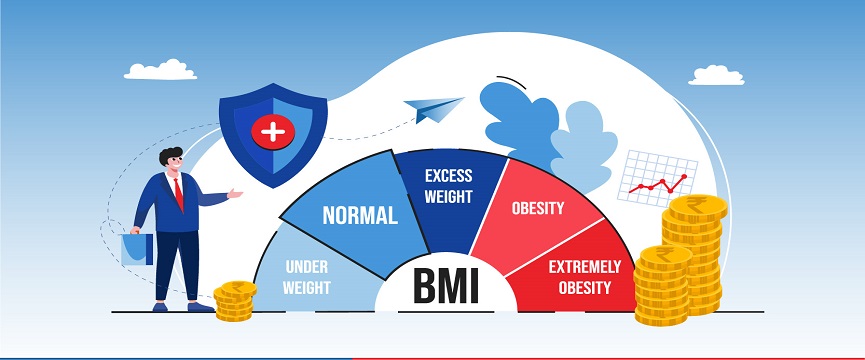In an increasingly globalised world, the transportation of dangerous goods has become an essential aspect of commerce, especially as businesses rely on various materials to keep their operations running smoothly.
Among these materials are UN Class 9 dangerous goods, which include a wide range of substances that can pose risks to health, safety, and the environment. Unfortunately, these goods are often mischaracterised, leading to misunderstandings about their risks and handling requirements.
For many, Class 9 goods are seen as less hazardous than their counterparts in other classifications, leading to misconceptions that can have serious implications. As businesses and individuals navigate the regulations surrounding these materials, it’s vital to dispel myths that could compromise safety and compliance.
What Are Class 9 Dangerous Goods?
According to the United Nations (UN) classification system, Class 9 includes materials that present a dangerous characteristic but do not fit into the other eight classes of hazardous materials. This includes a variety of substances, such as:
- Environmental pollutants: These are materials that can cause harm to the environment and public health, such as certain pesticides and chemicals.
- Lithium batteries: Commonly found in consumer electronics, lithium batteries can pose fire hazards if damaged or improperly packed.
- Asbestos: A well-known carcinogenic material that requires special handling due to its health risks.
- Certain types of machinery and equipment could pose a risk during transport, especially if they contain hazardous components or materials.
These goods are often transported with special precautions to ensure safety for the environment and the public.
The Importance of Understanding Class 9 Dangerous Goods
Proper understanding of Class 9 dangerous goods is important not just for regulatory compliance, but also for safeguarding public health and the environment. This understanding helps companies avoid penalties, damages to reputation, and potential liabilities. As industries evolve and new materials are introduced, keeping informed about these goods is more important than ever.
Myth 1: Class 9 Dangerous Goods Are Not Hazardous
Fact:
Although Class 9 goods are often perceived as less dangerous than those in other classes, they can still pose significant risks. For instance, lithium batteries can overheat, catch fire, or even explode if they are damaged or not adequately packaged.
Environmental pollutants can harm ecosystems and human health if released into the environment. Even seemingly benign materials can become dangerous if not handled properly. It’s essential to treat all Class 9 materials with the necessary care and comply with regulations.
Why This Matters:
Misunderstanding the hazards associated with Class 9 goods can lead to accidents, environmental damage, and legal repercussions. Awareness of the potential risks allows for better planning and risk mitigation strategies.
Myth 2: You Don’t Need Special Training to Handle Class 9 Goods
Fact:
Proper training is essential for anyone involved in the handling, packaging, or transportation of Class 9 dangerous goods. While the risks may differ from other classes, specific regulations and guidelines must be followed. Understanding the potential hazards, appropriate handling techniques and emergency procedures is vital to ensure safety.
Why This Matters:
Inadequate training can lead to mishandling of materials, resulting in accidents and environmental impacts. Investing in proper training, businesses can foster a culture of safety that protects employees and the environment.
Myth 3: Class 9 Goods Don’t Require Special Packaging
Fact:
Class 9 dangerous goods still require appropriate packaging to prevent leaks, spills, or contamination. Depending on the material, different types of packaging may be necessary, including UN-certified boxes or containers designed to withstand specific conditions. Proper packaging helps mitigate risks associated with transportation and ensures compliance with regulations.
Why This Matters:
Failing to use suitable packaging can lead to serious incidents during transport, such as leaks or accidents. Proper packaging is not only a regulatory requirement but a critical component of safety.
Myth 4: All Class 9 Dangerous Goods Are the Same
Fact:
Class 9 encompasses a wide range of materials with varying levels of hazard. While they may share the same classification, their characteristics and risks can differ significantly. For instance, lithium batteries and environmentally hazardous substances have distinct properties and handling requirements. Always refer to the specific guidelines and regulations for each type of Class 9 good.
Why This Matters:
Assuming that all Class 9 goods are the same can lead to improper handling and packaging, increasing the risk of incidents. Each type of Class 9 good requires tailored handling and compliance strategies.
Myth 5: Class 9 Dangerous Goods Are Only Relevant to Large Companies
Fact:
Class 9 dangerous goods can be encountered by businesses of all sizes, including small and medium-sized enterprises (SMEs). Whether you’re shipping electronic devices containing lithium batteries or transporting materials that may be classified as environmental hazards, understanding Class 9 regulations is essential for compliance and safety, regardless of your company’s size.
Why This Matters:
Even small businesses can face significant penalties and liabilities for non-compliance. Understanding the implications of Class 9 goods is vital for all businesses to ensure safety and compliance.
Myth 6: Class 9 Packaging Doesn’t Need to Be Marked
Fact:
Class 9 dangerous goods must be marked appropriately to indicate the specific risks associated with the material. This includes using the correct labels and placards to communicate the nature of the goods being transported. Proper marking is vital for emergency responders and regulatory authorities to understand the potential hazards quickly.
Why This Matters:
Inadequate marking can result in confusion during emergencies or inspections. Properly marking packages helps ensure that everyone involved understands the risks and can take appropriate action if necessary.
Myth 7: There Are No Regulations for Shipping Class 9 Goods
Fact:
Class 9 dangerous goods are subject to various national and international regulations. The International Air Transport Association (IATA), International Maritime Organization (IMO), and local regulations govern the transport of these materials. It’s essential for businesses to familiarize themselves with these regulations to ensure compliance and avoid potential fines or legal issues.
Why This Matters:
Ignoring regulations can lead to severe penalties, including fines and loss of shipping privileges. Understanding and complying with the relevant regulations is critical for maintaining operations.
Myth 8: Class 9 Dangerous Goods Can Be Shipped Together with Other Classes
Fact:
While some Class 9 dangerous goods may be compatible with other materials, it is essential to check compatibility before shipping. Certain substances may react negatively when in contact with others, leading to potential hazards. Always refer to the relevant regulations to ensure safe shipping practices.
Why This Matters:
Mixing incompatible materials can result in dangerous situations, including chemical reactions and accidents during transport. Ensuring compatibility is essential for safety.
Myth 9: You Can Ignore Emergency Procedures for Class 9 Goods
Fact:
Emergency procedures are crucial when dealing with Class 9 dangerous goods. Even if the perceived risk is lower, emergencies can occur. Having a plan in place for spills, leaks, or accidents is vital for minimising harm and ensuring safety.
Why This Matters:
In the event of an emergency, quick and efficient response can mitigate damage and protect lives. Having emergency procedures in place is a legal requirement and a best practice for safety.
Conclusion
Understanding the facts about Class 9 dangerous goods is crucial for ensuring safe and compliant transportation. Debunking common myths, businesses and individuals can better navigate the complexities of hazardous materials handling. Always remember that proper training, packaging, marking, and adherence to regulations are vital components of safely transporting Class 9 goods.
If you’re part of a large corporation or a small business, staying informed about these materials can help mitigate risks and ensure a safer environment for everyone. The stakes are high, and being well-informed is the first step toward responsibility and safety in the handling of dangerous goods.




